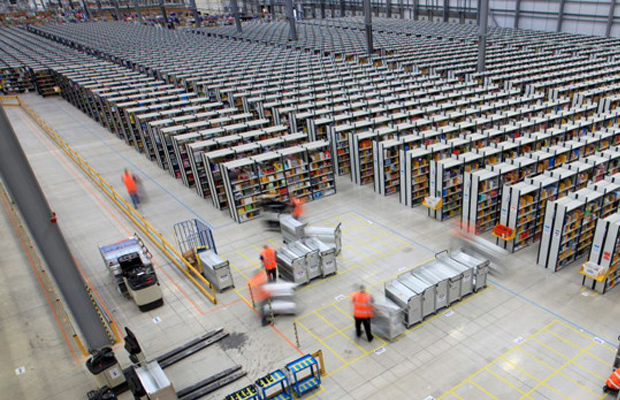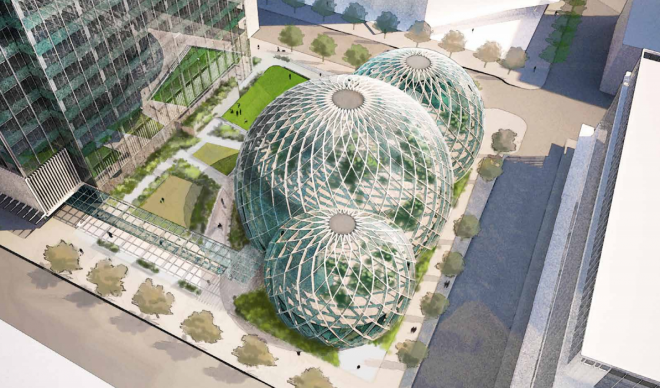From Marcus Wohlsen’s Wired piece about the potential for an automated version of the Cynk penny-stock fiasco, the bloodless machines not yet able to decipher the language of human irrationality:
“That said, Cynk’s rise probably has less to do with a software glitch and more with a bug in human programming that blinds some people to the myth of a free lunch. Given the low volume of trading in Cynk shares—fewer than 400,000 shares yesterday, with a closing price of $13.90 per share—no one made or lost a whole lot of money, at least not by Wall Street standards. The winners and losers likely were typical penny stock hustlers, day traders chasing small jumps and drops. A few might have thought Cynk was the white whale they’d been chasing all along, and some of them may have landed it.
But the potential for an automated version of that kind of quick-buck thinking is there. After all, high-frequency trading, as revealed by Michael Lewis and others, is a similar kind of arbitrage, just at much faster speeds and informed by microseconds of insider knowledge that come from hardwired connections to the stock exchanges. While most high-frequency trading remains grounded in statistical analyses of patterns in the markets themselves, the AP Twitter hack example shows trading firms are letting their machines comb social media and the news in search of competitive advantage.
The problem is that computers still aren’t smart enough to parse the complexities of human communications in a way that makes them reliable arbiters of what news is actually worth trading on.”



